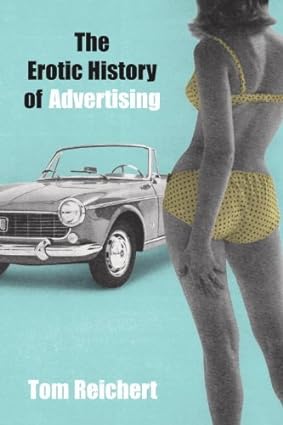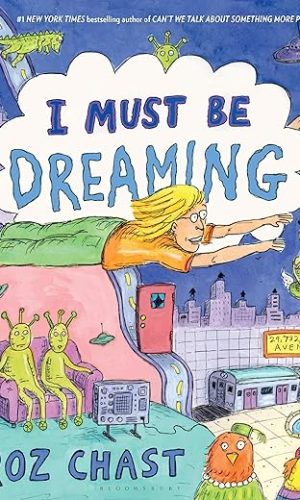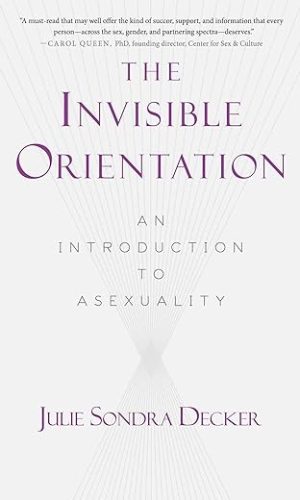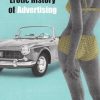The Erotic History of Advertising
£15.40
Victoria”s Secret and Calvin Klein are brand names practically synonymous with sexually suggestive advertising. Considering their high public profile and huge profits, anyone can see that sex sells. Despite polls indicating that the public would like to see less sex in advertising, Americans don”t mean what they say. They continue to respond to the lure of provocative marketing and, most important to business, they buy. Knowing this, more and more advertisers are testing the limits of public taste in the highly competitive battle to capture the consumer”s attention.All of this is well documented in Tom Reichert”s profusely illustrated book, The Erotic History of Advertising. As Reichert amply demonstrates, the use of sex in advertising is far from being a recent fad. As long ago as the 1880s, Duke Cigarettes enclosed in their packs not baseball cards but similar small cards showing scantily clad “women of the stage,” which encouraged purchasers to keep buying to complete the whole set. In the 1920s Woodbury soap became the market leader largely through ads with images of romantic situations and claims that Woodbury soap made a woman”s skin irresistible to the touch. In the 1930s White Owl cigars had great success in marketing through ads showing attractive couples locked in a passionate kiss, suggesting that only White Owls left the breath smelling pleasant. Warner Lambert capitalized on the same kind of imagery for decades to connect Listerine mouthwash with romantic success.With numerous illustrations showing many erotic ads–some campy, some esthetically elegant, some homoerotic–that push the boundaries of sexuality and taste from over a century of product marketing, Reichert not only tracks the history of sex in advertising but also explores the many factors that make the link between sex and our consumer culture so successful. Among other things, he considers the range of salacious imagery, from mildly suggestive to the use of outright nudity; the emotional impact of sexy ads; the influence of sex on brand recognition; what works and what doesn”t; the differences between male and female responses; and the possible harms of using sex in advertising, especially in regard to young audiences and the perpetuation of female stereotypes.This thoughtful, enjoyable, and fascinating look into the world of advertising–from the late 1800s to the most erotic ads of today–will appeal to both media-savvy consumers and aficionados of pop culture.
Read more
Additional information
| Publisher | Prometheus (6 April 2010) |
|---|---|
| Language | English |
| File size | 6303 KB |
| Text-to-Speech | Enabled |
| Enhanced typesetting | Not Enabled |
| X-Ray | Not Enabled |
| Word Wise | Enabled |
| Sticky notes | Not Enabled |
| Print length | 300 pages |










by Joe Mendonca
What a delight to read! Its brilliant to read the history of erotic advertising from the 1800s to the modern day and see how advertisers have used sex to get us to buy products and goods – even if the product had nothing to do with sex!
There are some examples of adverts and excellently written accounts of TV, Radio and Magazines ads that pushed limits of advertising, how much further can we go?
(Blush)
by Amazon Customer
The book gives a neat analysis of sex in advertising and as a student doing her dissertation, I have to say the “erotic history of advertising” is a must have!
My only problem is with the kindle edition – I directly downloaded it on my kindle, but it seems like I cant open it on my computer – it gives me an error and asks me to redownload it again, bet they will charge me for that too.